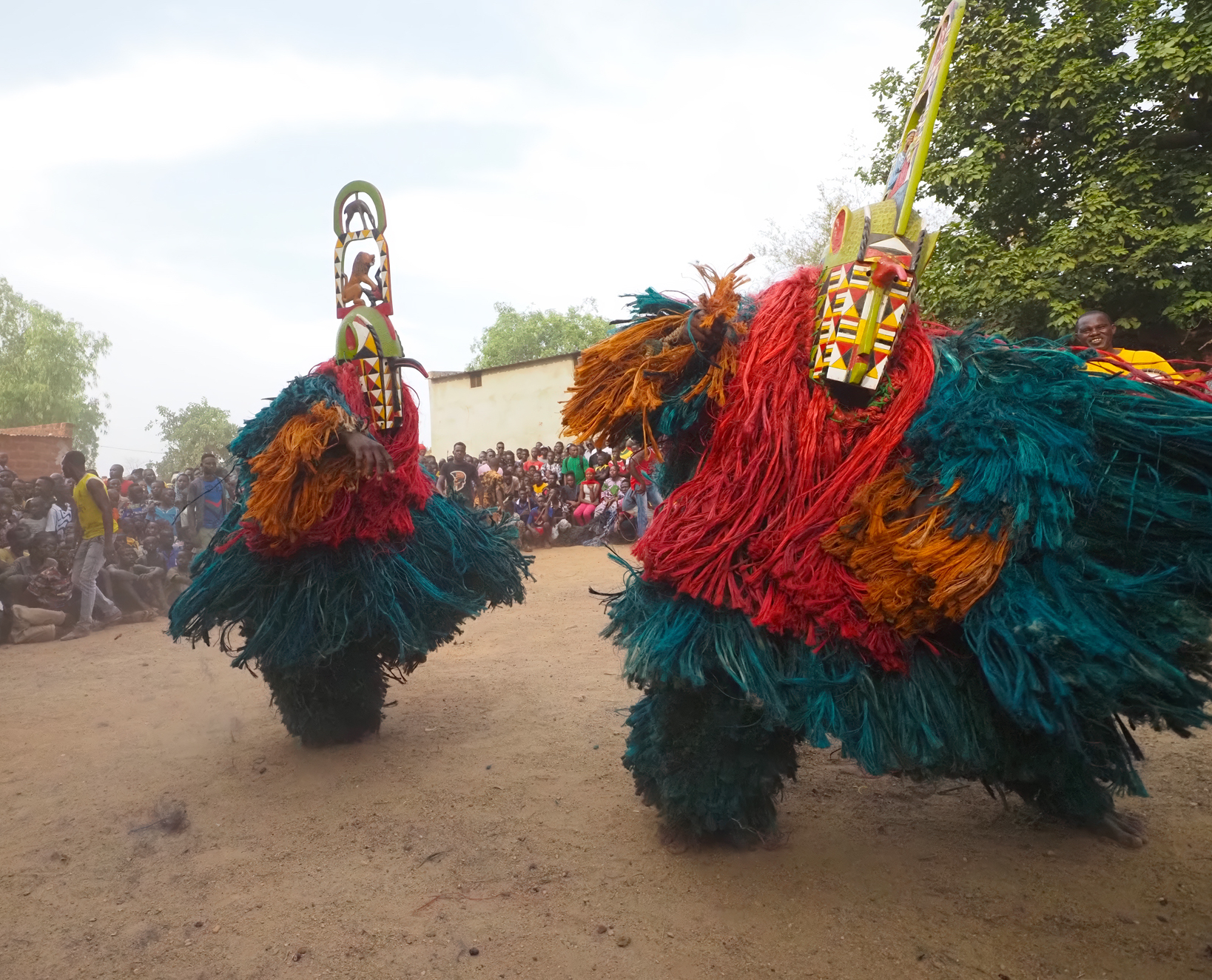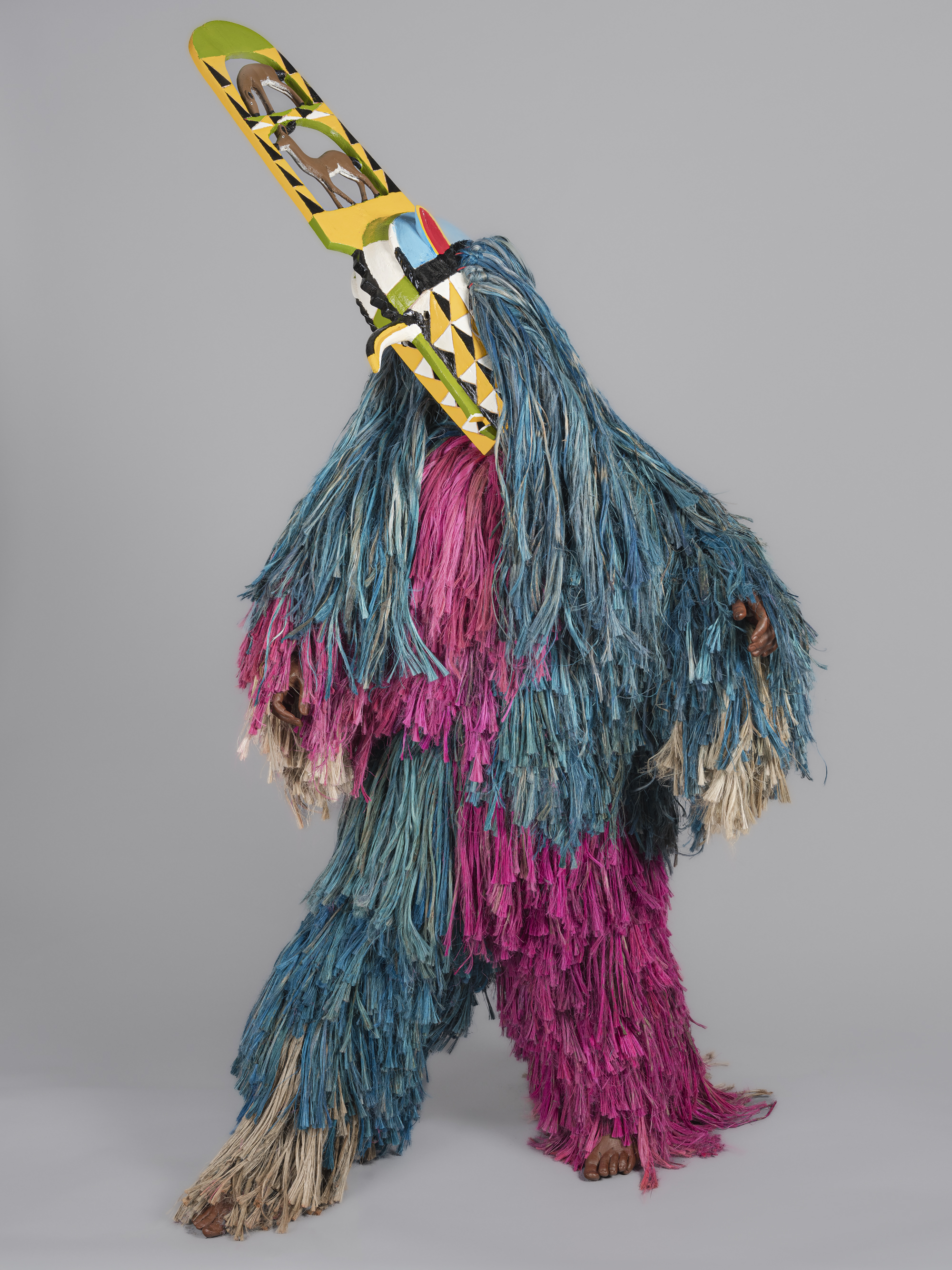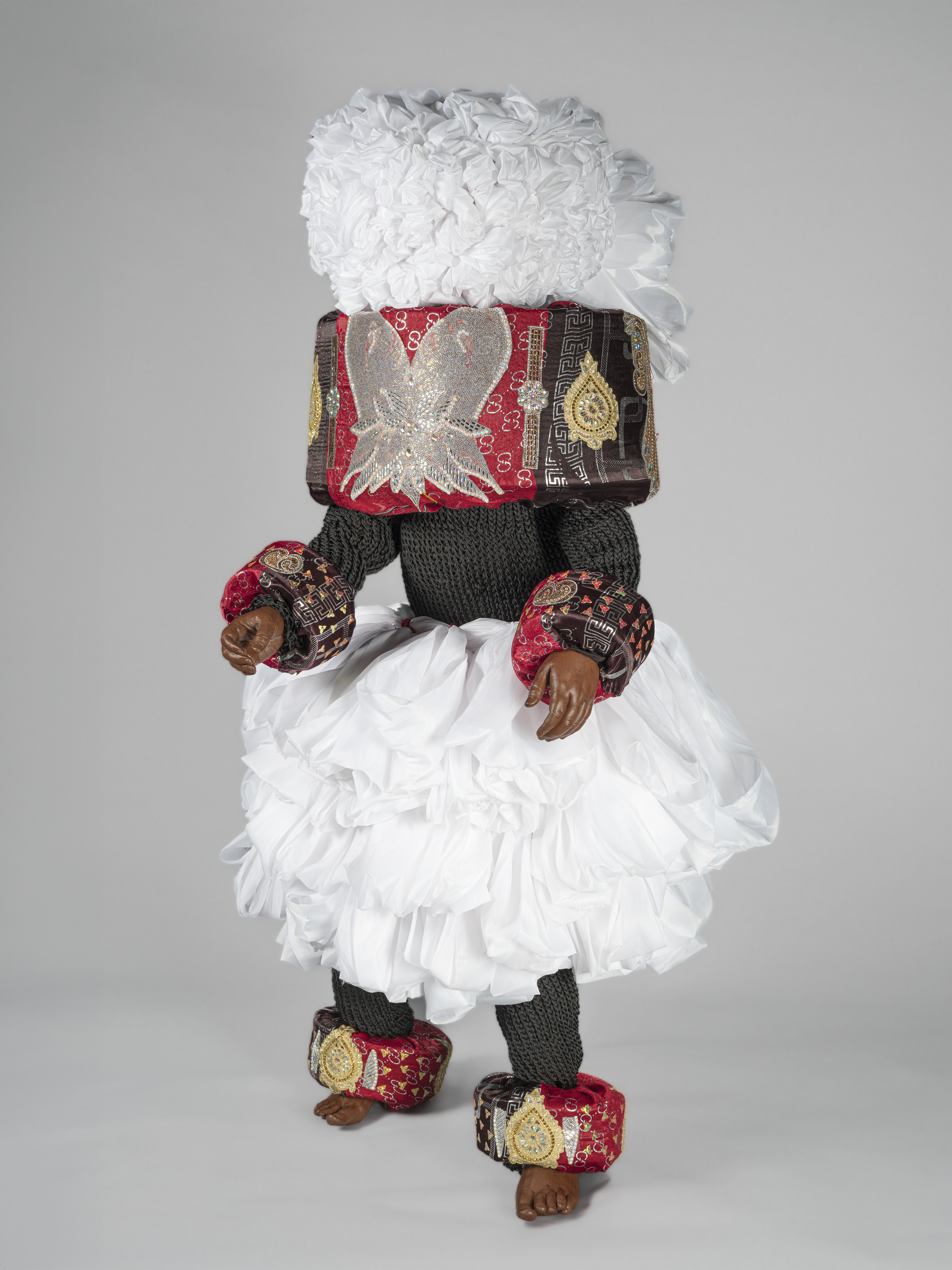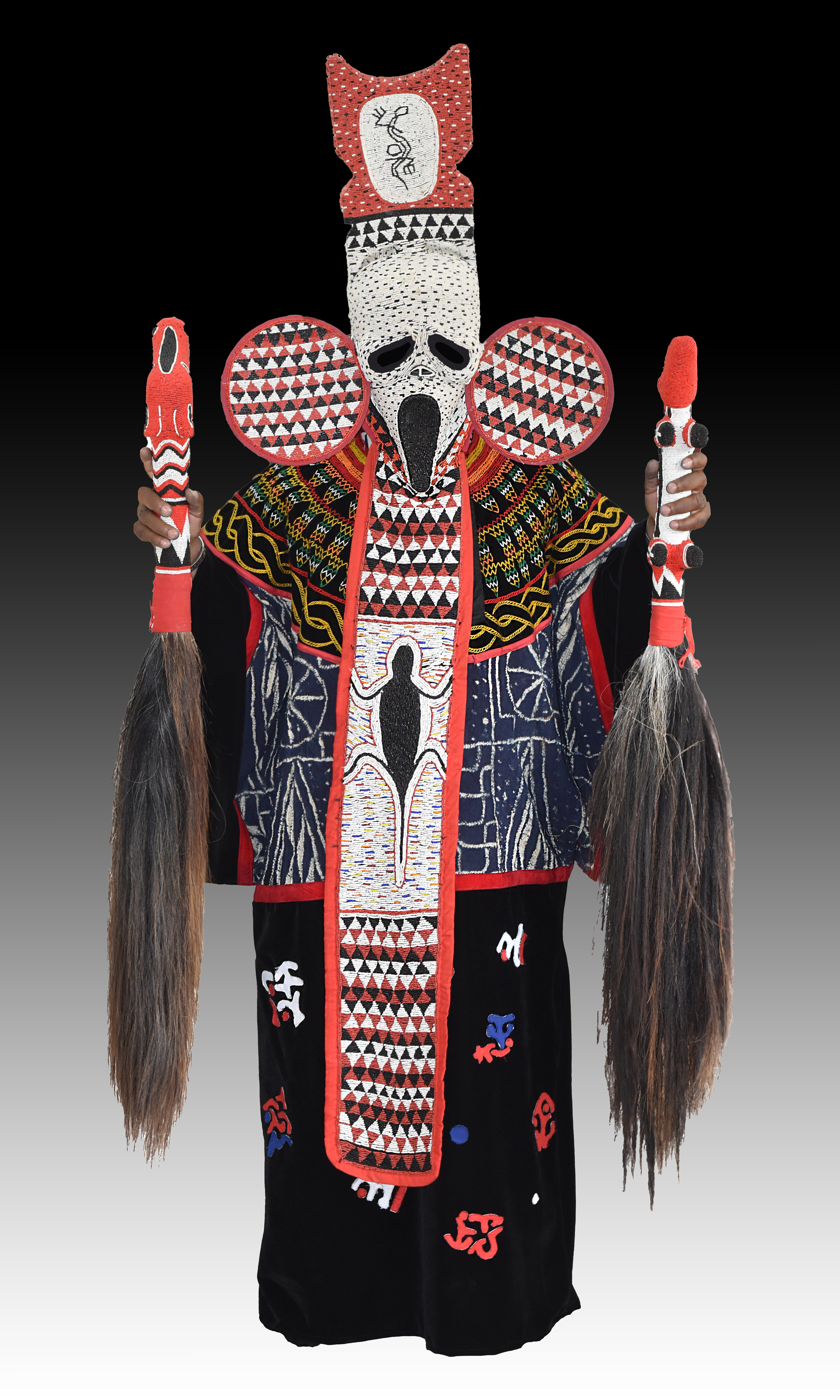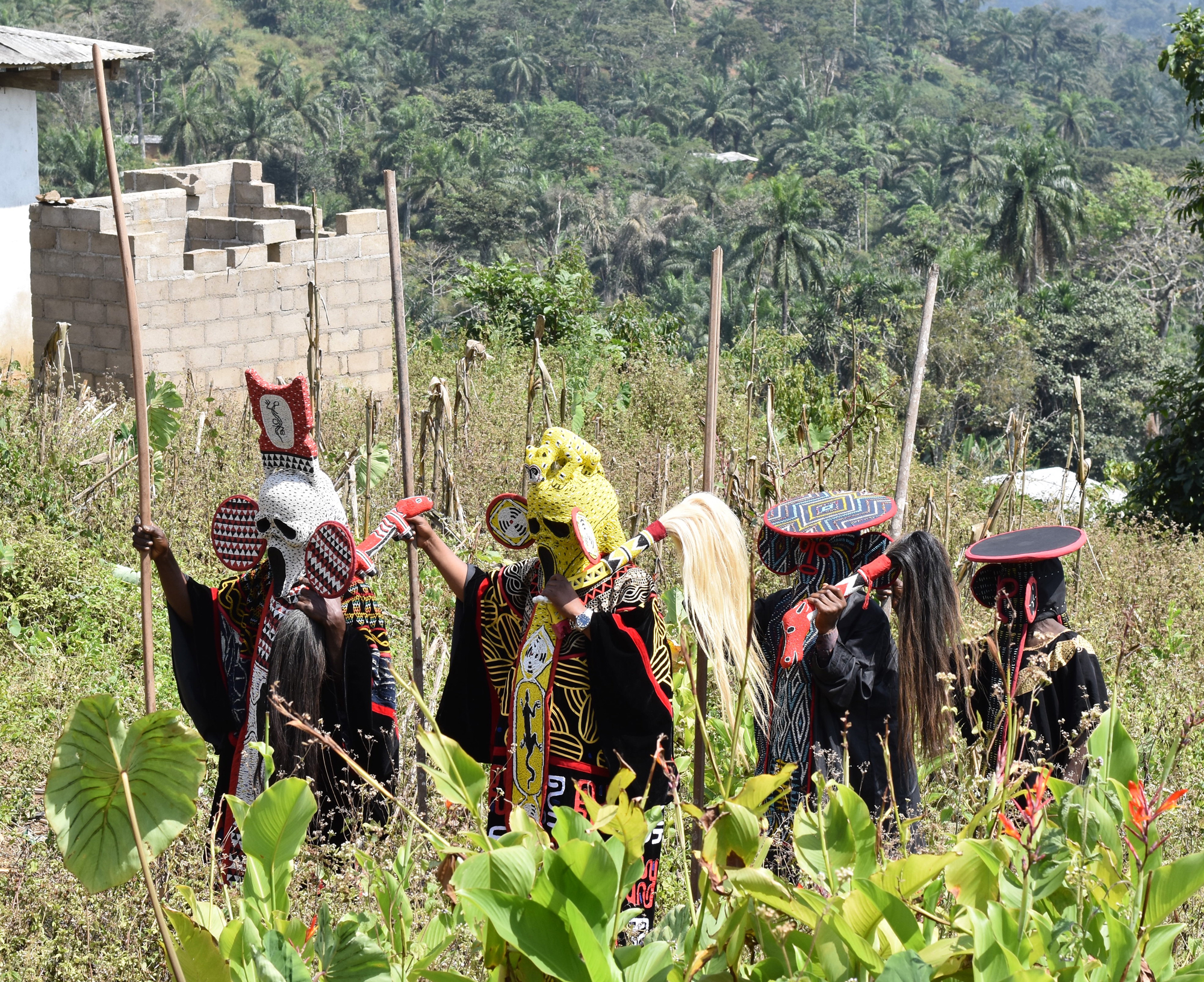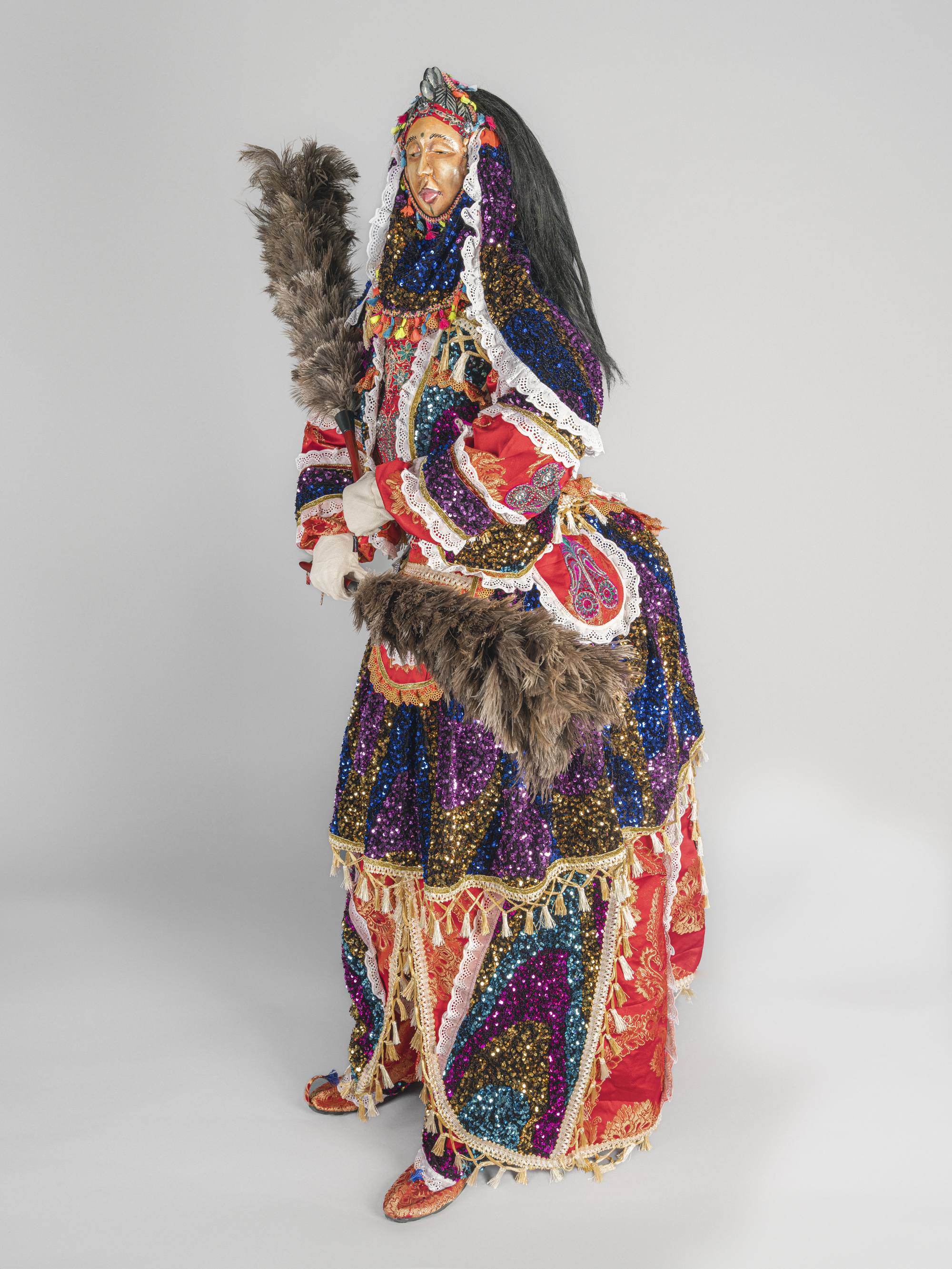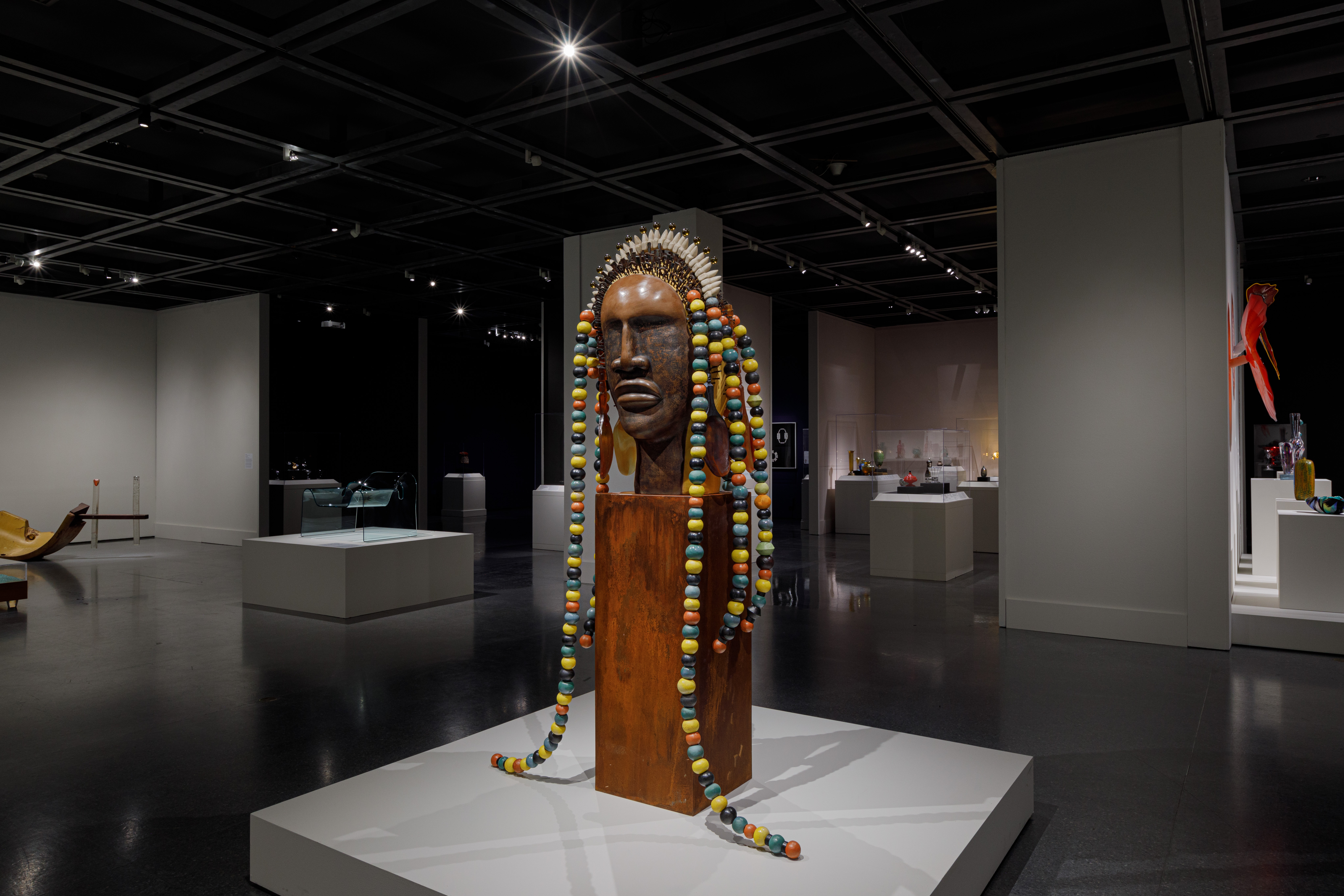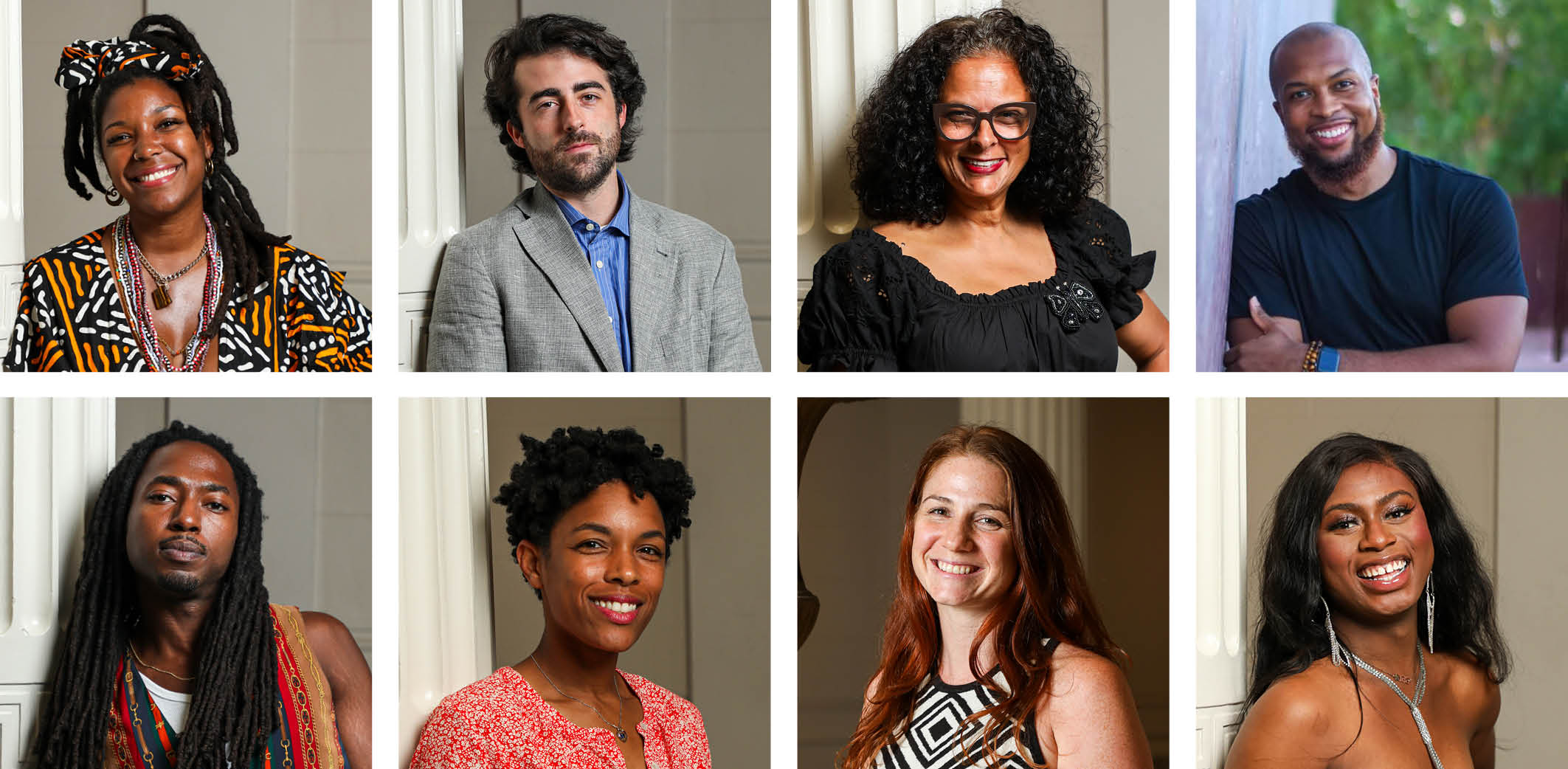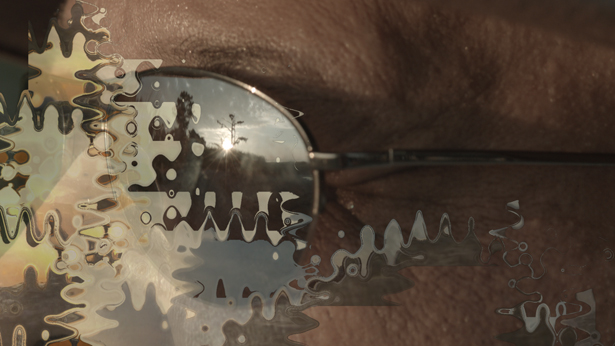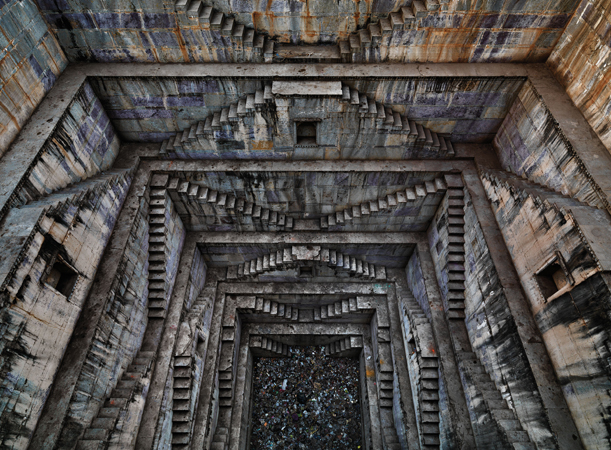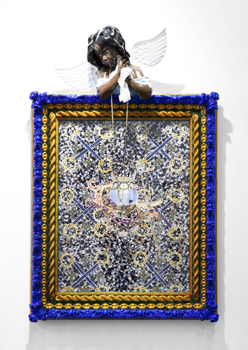Artistic Innovations and Collaborations
April 4–August 10, 2025
New Orleans 70124
United States of America
Hours: Tuesday and Thursday–Sunday 10am–5pm
Wednesday 12–7pm
T +1 504 658 4100
hello@noma.org
This week, the New Orleans Museum of Art (NOMA) opens New African Masquerades: Artistic Innovations and Collaborations, a major exhibition presenting the work of four contemporary artists working in cities across West Africa: Chief Ekpenyong Bassey Nsa, Sheku “Goldenfinger” Fofanah, David Sanou, and Hervé Youmbi.
The first presentation of its kind, New African Masquerades offers a rare look into contemporary West African masquerade by contextualizing the works of individual artists within a range of social, economic, and religious practices and examining their networks of viewership and exchange. Made from materials including wood, cloth and fabrics, sequins, feathers, gourds, raffia, and cowry shells, the ensembles on view represent a wide variety of masquerade practices and societies.
New African Masquerades is on view April 4–August 10, 2025, at NOMA. Organized in partnership with the Musée des Civilisations noires (MCN) in Dakar, Senegal, the exhibition will also be presented in a parallel form for African audiences—the first time an exhibition will be presented in such a way in North America and Africa.
The term “masquerade” has many different meanings across different cultures and communities and is loosely defined as a broad set of practices wherein individuals and societies dance in full-body, multimedia ensembles. These ensembles are then activated in many ways, including in performances, processions, and other ceremonies by either the masquerade artist or another practitioner.
Importantly, New African Masquerades presents masquerade as a complex and diverse collection of evolving contemporary practices. Some masquerades—such as those of Bassey Nsa within the Ekpe Society of Calabar, Nigeria—hold political and didactic significance; others—like Fofanah’s designs for Jollay and Ordehlay in Sierra Leone—are primarily social and celebrate holidays. Still others are created to honor a life well lived—as is the case of Sanou in Burkina Faso—or to critique—as Youmbi demonstrates. Some are private, and others are paraded through the streets. And contrary to many static museum presentations, masquerade is almost always defined by movement, theatricality, and audience participation.
In addition to thirteen full, head-to-toe masquerade ensembles, the exhibition includes other elements such as photography, recorded interviews, and an immersive video experience showing never-before-seen 360-degree footage, including views of the ensembles being performed, looks into the artists’ studios, and clips sharing the perspectives of the artists.
Created with the support and participation of the artists, masquerade societies, and their communities, the immersive experience and supplementary videos offer visitors the extremely rare opportunity to see masquerades that would normally not be accessible to the public. These additional exhibition components underscore the importance of music, movement, libations, skillful presentation, and audience participation to masquerade more broadly.
Beyond highlighting the works of four specific artists, the exhibition and accompanying catalogue present a case study in the methodology of producing a collaborative, cross-continental exhibition. Considering topics such as the ethics of presenting masquerade works in a museum context, traveling ensembles within and beyond the African continent, provenance, and cultural ownership, with contributions from African and North American scholars and artists, New African Masquerades suggests an ethically-grounded transparent model for contemporary exhibition-making related to African art.
Exhibition travel schedule and presentation in Africa
April 4–August 10, 2025: New Orleans Museum of Art
October 10, 2025–January 4, 2026: Frist Art Museum, Nashville
February 27–July 5, 2026: San Antonio Museum of Art
September 2026–January 2027: Museum of Fine Arts, St. Petersburg, Florida
February 19–September 26, 2027: Smithsonian Institution’s National Museum of African Art, Washington, DC
In addition to these North American venues, New African Masquerades is planned to travel to African museums beginning next year.
February–June 2026: Musée des Civilisations noires, Dakar, Senegal
Fall 2026: Sierra Leone National Museum, Freetown, Sierra Leone
2027: National Museum, Calabar, Nigeria.
The presentation of New African Masquerades at these African venues will include parallel commissioned masquerade ensembles that will remain in the care of communities and institutions on the continent.
